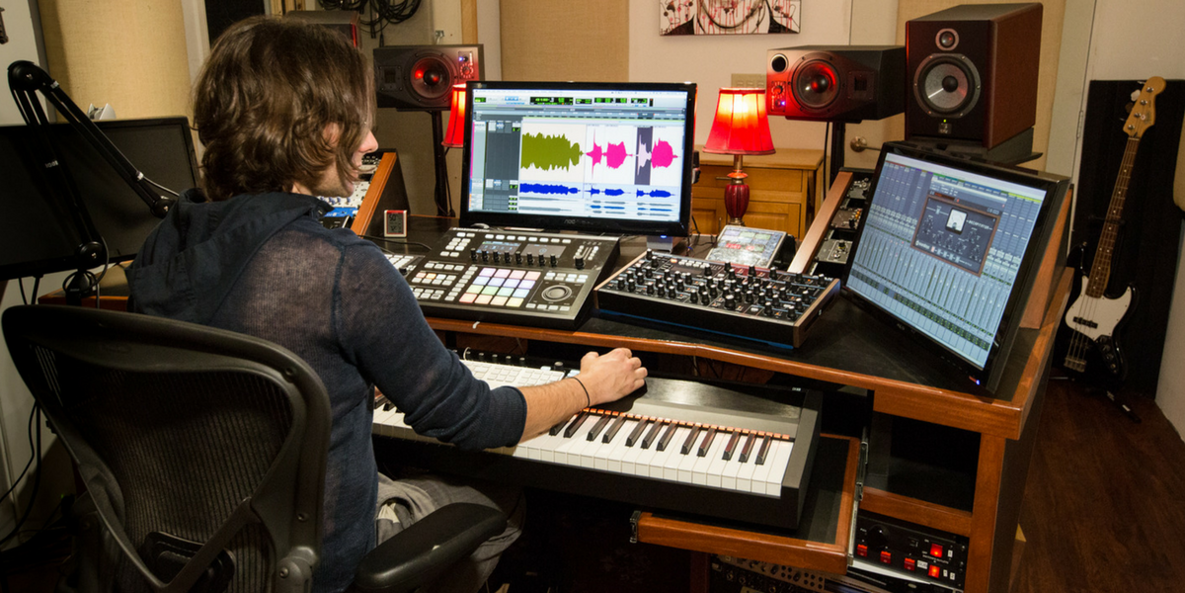The landscape of home music production has evolved significantly in recent years, driven by accessible technology and the growing need for creative independence. Whether producing electronic beats, recording vocals, or mixing orchestral arrangements, the cornerstone of any serious setup is a well-configured audio PC studio. While the creative mind remains the driving force, the technical foundation enables efficiency, precision, and professional-quality results. The right configuration empowers producers to seamlessly translate inspiration into polished tracks without the frustration of lag, crashes, or limitations in software capability. At the heart of this configuration is the central processing unit CPU, which handles the majority of tasks within a digital audio workstation. A powerful multi-core CPU allows for smooth playback and recording, even with numerous plug-ins and virtual instruments running simultaneously. Producers working with complex arrangements or real-time effects chains particularly benefit from higher core counts and faster clock speeds. Balancing raw power with thermal efficiency is crucial, ensuring that extended sessions do not overheat the system or degrade performance.

Equally important is system memory, or RAM, which supports multitasking and maintains workflow fluidity. Larger RAM capacities enable users to load expansive sample libraries and run several applications concurrently without hiccups. For producers dealing with high-resolution audio files or orchestral scoring software, having ample memory makes all the difference. It also contributes to the system’s ability to retain session states, allowing for fast switching between projects or edits. Storage plays a critical role in the studio setup as well. Solid-state drives SSDs provide the speed necessary for fast boot times, low latency, and swift file access. A combination of SSDs for active projects and high-capacity hard drives for archiving allows for both performance and long-term storage. Organizing sound libraries, sessions, and backups across multiple drives enhances efficiency and helps prevent data loss, which is vital in a professional environment.
The audio interface and accompanying peripherals also shape the overall experience of home production. A high-quality audio interface ensures accurate sound conversion and low-latency monitoring. While not part of the PC itself, these tools rely heavily on the computer’s configuration to function properly. Proper USB or Thunderbolt ports, stable drivers, and compatibility with digital audio workstations are all factors that enhance productivity and ensure seamless integration. Future-ready Audio PC studio configurations also account for expandability and connectivity. As technology advances, the need to integrate external gear, new plug-ins, or updated software grows. A system with sufficient USB ports, PCIe slots, and future upgrade potential ensures longevity and adaptability. Investing in a solid configuration today paves the way for years of creative exploration; letting producers focus on what truly matters making music.
